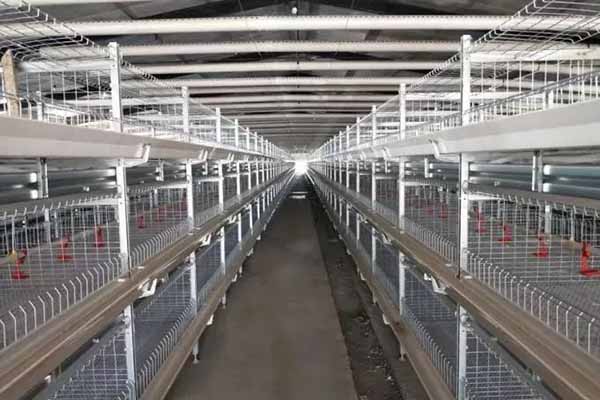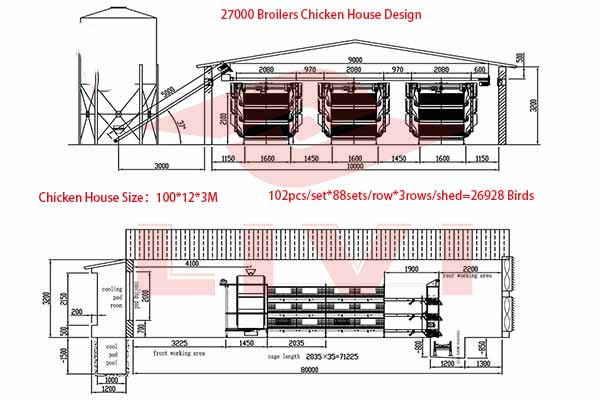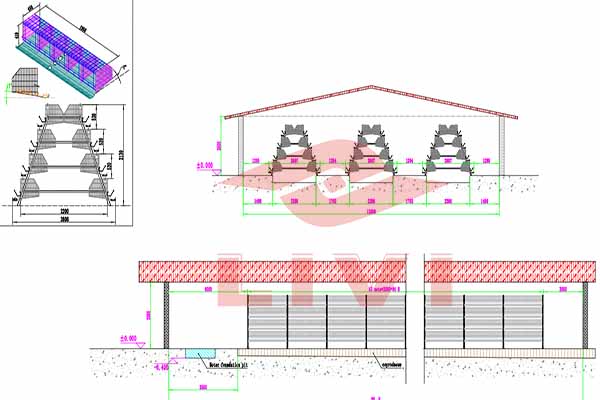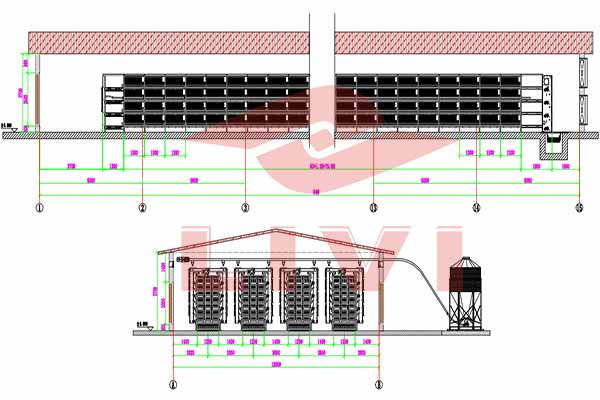Optimized Drinking System for 500,000 Chickens in Kenya: A Comprehensive Guide
Introduction to Large-scale Chicken Farming in Kenya
Large-scale chicken farming has become a thriving industry in Kenya, with a significant increase in the number of chicken farms. To meet the water requirements of a farm housing 500,000 chickens, an efficient and reliable drinking system is essential. This article discusses the key factors to consider when installing a drinking system for a large-scale chicken farming operation in Kenya.
Understanding the Water Requirements of 500,000 Chickens
Water is a critical component for the health and well-being of chickens. On average, each chicken consumes about 0.25-0.5 liters of water per day. For a farm with 500,000 chickens, this translates to a daily water requirement of 125,000 to 250,000 liters. Ensuring a consistent supply of clean, fresh water is vital for optimal growth, health, and productivity.
Designing an Efficient Drinking System
An effective drinking system for a 500,000 chicken farm in Kenya should incorporate the following components:
- Water Supply: A reliable water source, such as a borehole or a water tank, should be accessible to the farm. It is essential to have a backup water source in case of water shortages.
- Piping System: A robust piping system should be installed to distribute water throughout the farm. The pipes should be made of durable materials to withstand the harsh environmental conditions in Kenya.
- Drinking Stations: The farm should have an adequate number of drinking stations that can cater to all chickens. Each drinking station should be designed to minimize water spillage and ensure that chickens have easy access to water.
- Water Treatment: Implementing a water treatment system is crucial to ensure the quality of the water supply. This can include chlorination, UV disinfection, or ozonation to remove contaminants and bacteria.
Key Considerations for the Drinking System
When designing a drinking system for a 500,000 chicken farm, the following factors should be taken into account:
- Environmental Conditions: Kenya experiences diverse weather conditions, so the drinking system should be designed to withstand temperature fluctuations, humidity, and other environmental challenges.
- Scalability: The system should be scalable to accommodate potential expansion of the farm.
- Cost-Effectiveness: While investing in a quality drinking system is essential, it is also crucial to ensure cost-effectiveness in the long run.
- Maintenance: The system should be easy to maintain and repair to minimize downtime and potential health risks for the chickens.
Case Study: Success of a 500,000 Chicken Farm Drinking System in Kenya
A 500,000 chicken farm in Kenya recently installed a state-of-the-art drinking system designed by Livi Mechanical. The system has proven to be highly efficient, reducing water wastage by 30% and improving overall flock health. As a result, the farm has seen a significant increase in productivity and profitability.
Conclusion
Installing an optimized drinking system for a 500,000 chicken farm in Kenya is essential for the success of the operation. By considering the factors mentioned in this article, you can ensure a reliable and efficient water supply for your chickens. Contact Livi Mechanical for a free chicken farming design and equipment quote to get started on your journey to successful chicken farming.





